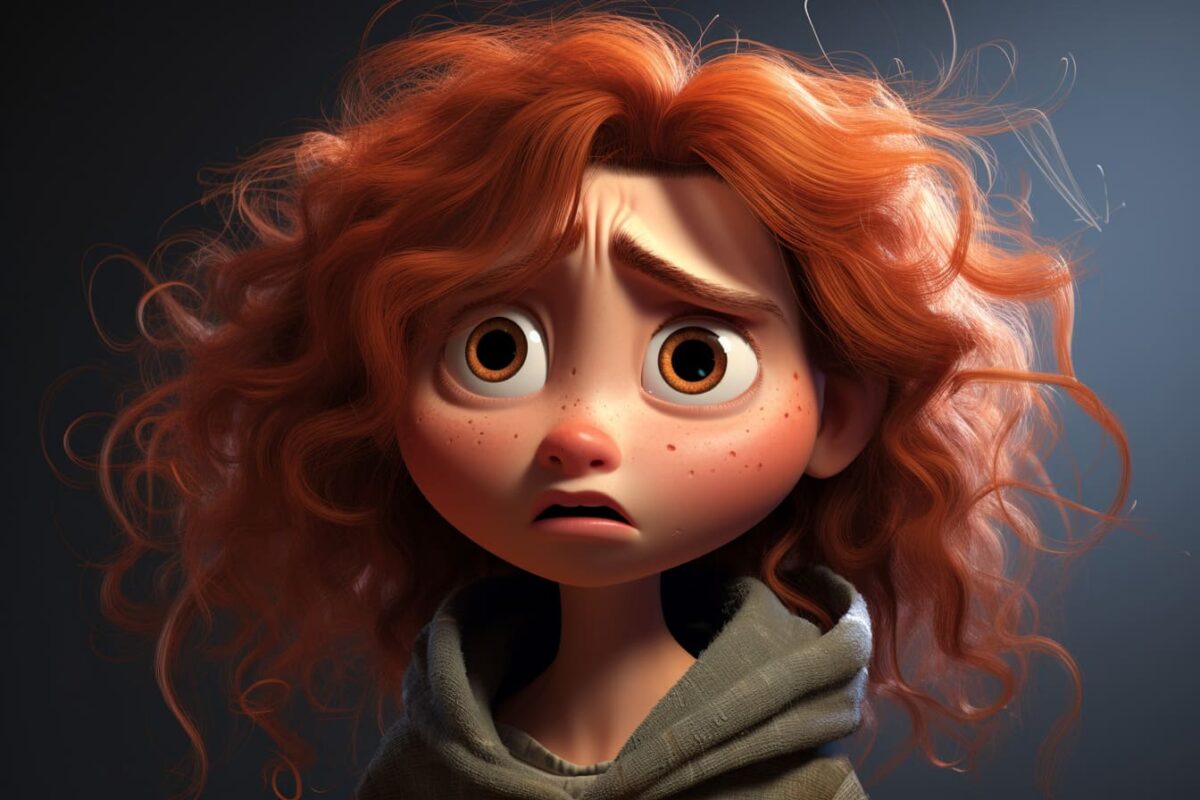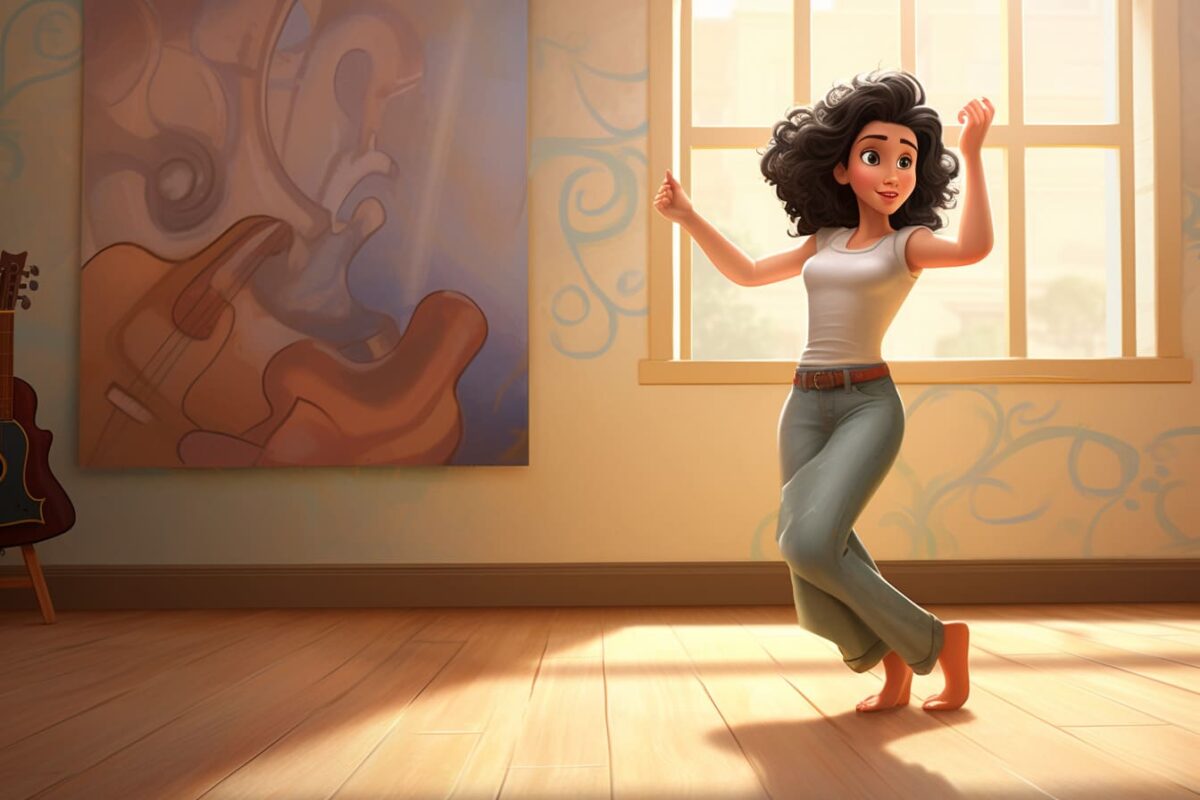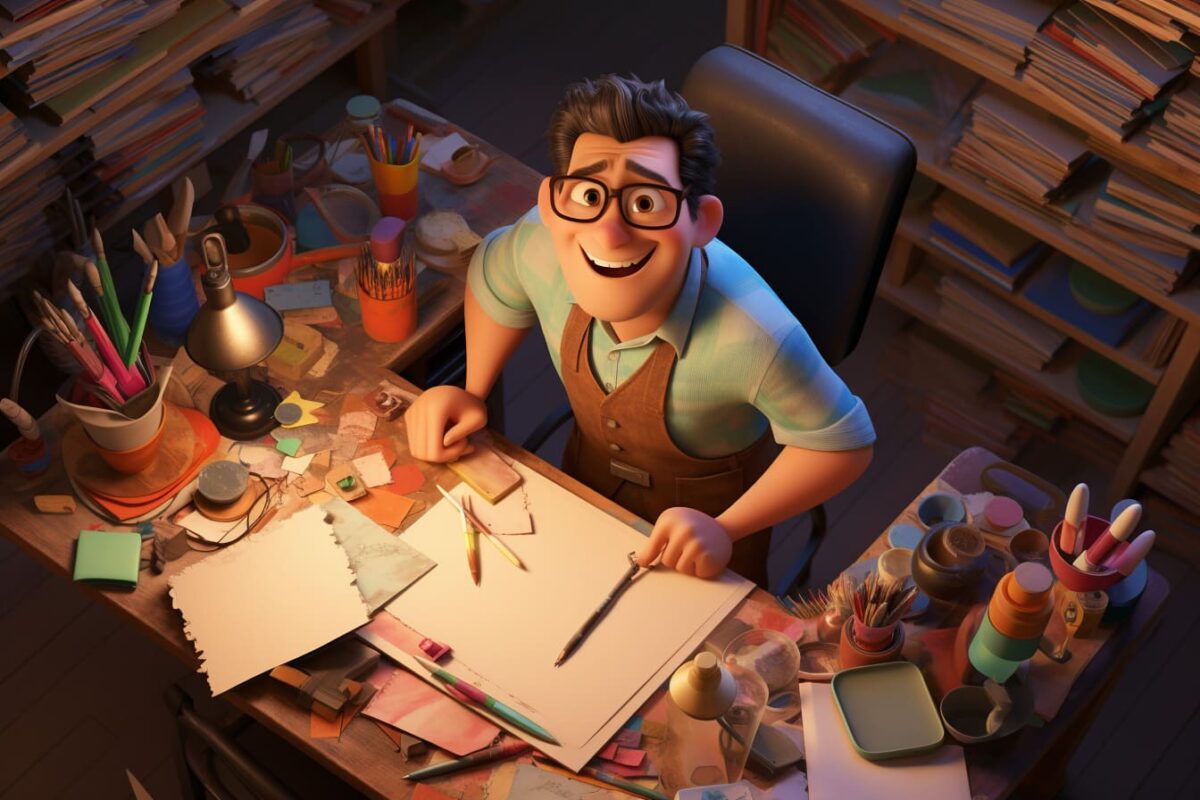Greetings, my fellow creators! Today, we embark on a captivating journey through the vibrant palette of emotions and their profound influence on our artistic endeavors. As artists, we understand that our work is a reflection of our inner worlds, and the colors we choose to paint with are often imbued with the essence of our emotions.
Emotions as a Creative Canvas
Imagine your emotions as a vast canvas, ready to be transformed into a masterpiece. Each emotion, like a color on your palette, brings its own texture, depth, and nuance to your creative work. The key is to harness these emotions intentionally and allow them to flow through your artistic expression.
The Alchemy of Colors
Consider the way different emotions manifest as colors. Joy might be a radiant yellow, while sadness could take the form of a deep blue. Anger, a fiery red, and serenity, a tranquil green. As artists, we have the remarkable ability to weave these emotions into our work, creating a tapestry of feelings that resonate with our audience.
1. The Warm Embrace of Happiness
When happiness courses through your veins, your creative output can burst forth like a sunflower in full bloom. It infuses your work with positivity, vibrant hues, and a sense of playfulness. Think about how a joyful melody can make your heart dance or how a bright, sunny landscape painting can evoke smiles.
2. The Depths of Sorrow
Sadness, like a rain-soaked canvas, can give birth to profound artistic expressions. It allows you to delve into the depths of the human experience, creating music, poetry, or visual art that resonates with those who have felt the same melancholy. Your work becomes a comforting hand, offering solace to others in their moments of sadness.
3. The Fiery Passion of Anger
Anger is a powerful force, and when channeled through your art, it can ignite a fire within your work. It can be the driving force behind fierce activism, passionate prose, or intense abstract paintings. Anger has the potential to provoke change and challenge the status quo through your creations.
4. The Serenity of Peace
In moments of tranquility, your creativity can flow like a calm river, yielding works of art that exude serenity. The colors become muted and soothing, inviting viewers to bask in the peacefulness of your creation. Serenity in art can be a refuge, a sanctuary where the audience finds solace.
Navigating the Emotional Landscape
To harness the colors of emotion effectively, it’s essential to navigate the emotional landscape consciously. Here are some steps to help you embrace the emotional spectrum in your artistic journey:
- Emotional Awareness: Cultivate self-awareness to recognize and understand your emotions. The better you know them, the more intentionally you can channel them into your work.
- Embrace Vulnerability: Don’t shy away from intense emotions. Embrace vulnerability as a source of strength in your creative process.
- Experimentation: Explore different art forms and styles to find the best medium for expressing specific emotions. Experimentation can lead to surprising discoveries.
- Balance and Contrast: Just as in a painting, balance and contrast between emotions can create dynamic and compelling art. Use the interplay of feelings to tell a more intricate story.
- Audience Connection: Consider how your work will resonate with your audience. Emotions are a bridge between your heart and theirs.
The Canvas Awaits
As you embark on your creative journey, remember that your emotions are your allies, your guides, and your muses. They are the colors on your palette, waiting to be mixed and applied to the canvas of your art. Embrace them, channel them, and let them breathe life into your work.
In the next article, we’ll explore the fascinating world of merging diverse disciplines for unique artistic visions. Until then, may your emotions flow freely onto the canvas of your creativity, creating a symphony of colors that resonates with the hearts of many.
Keep creating, my friends.


